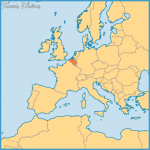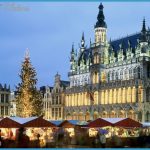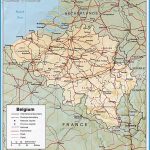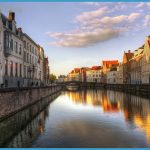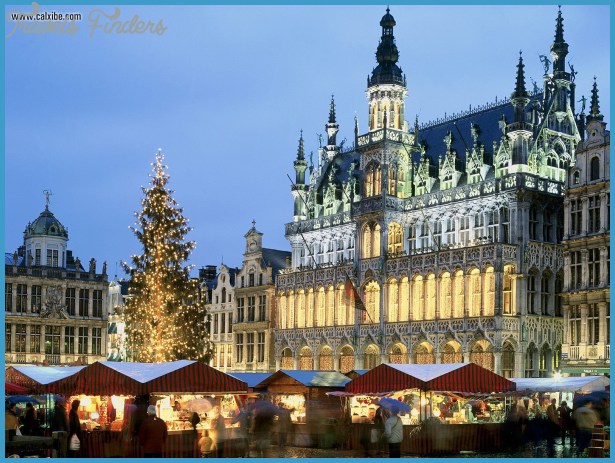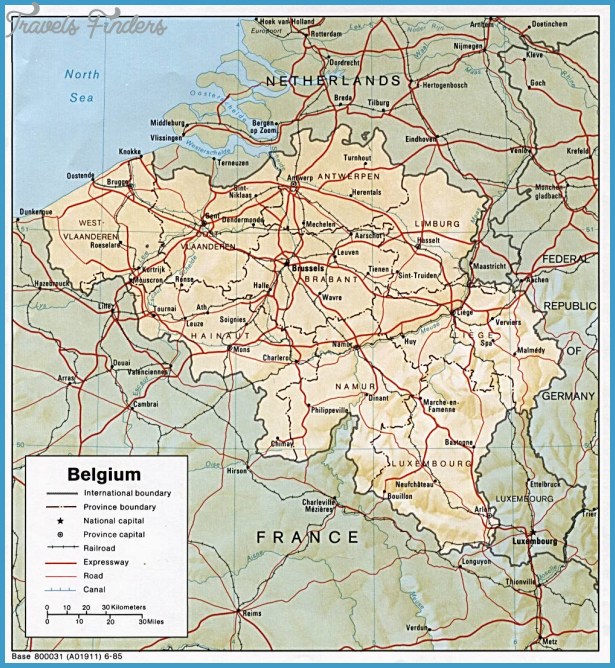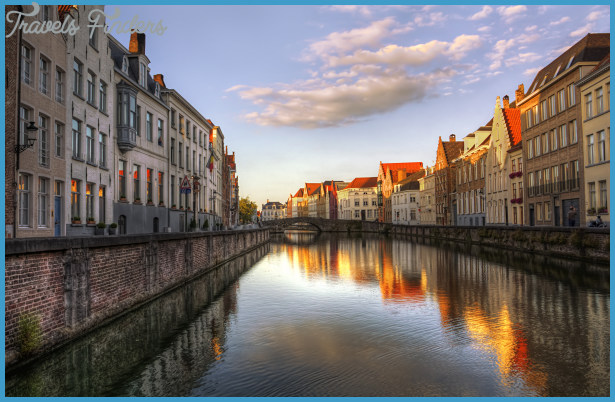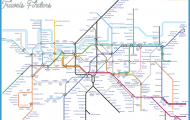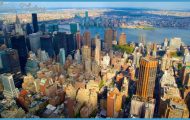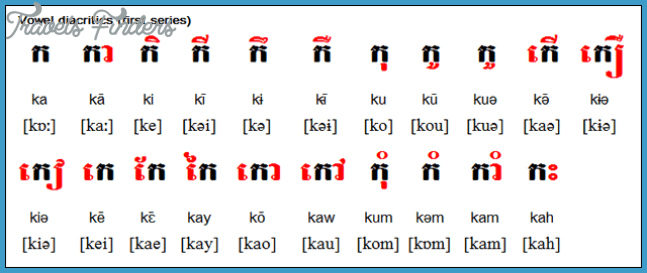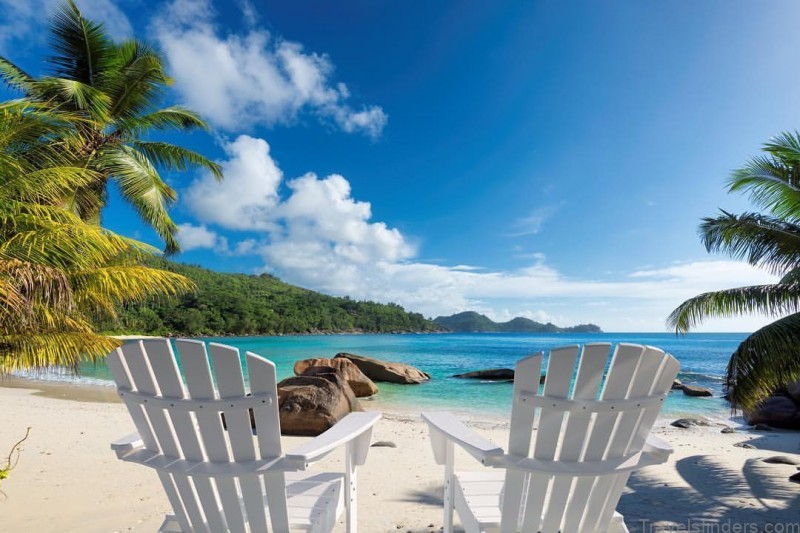BELGIUM
Situated between France and Germany, Belgium rubs shoulders with some of Western Europe’s most powerful cultural and intellectual traditions. Travelers too often mistake Belgium’s subtlety for dullness, but its cities offer some of Europe’s finest art and architecture, and its castle-dotted countryside provides a beautiful escape for hikers and bikers. While Brussels, the nation’s capital and home to the head offices of NATO and the European Union, is a flagship for international coop eration, regional tension persists within Belgium’s borders between Flemish speaking Flanders and French-speaking Wallonie. But some things transcend poli tics: from the deep caves of the Ardennes to the white sands of the North Sea coast, Belgium’s diverse beauty is even richer than its chocolate.
HISTORY
Belgium’s strategic location between several European powers has long been cov eted by military and political leaders, including Julius Caesar and Charlemagne. In 843, the Treaty of Verdun split Flanders, the Dutch-speaking province in the north, and Wallonie, the French-speaking province in the south. Commercial and urban development were at the core of both regions. The 14th century witnessed a golden period of prosperity and culture in the Belgian region, with a boom in the textile industry and the artistic advances of the Northern Renaissance. Belgium was united again in the 15th century under control of the Dukes of Burgundy. Over the next several centuries, the territory passed through the hands of the Spanish, the Austrians, the French, and finally the Dutch. Only in 1830 did Belgium gain inde pendence by popular revolution from the Kingdom of The Netherlands. The newly freed Belgians established a constitutional monarchy, selecting Leopold I of Saxe-

